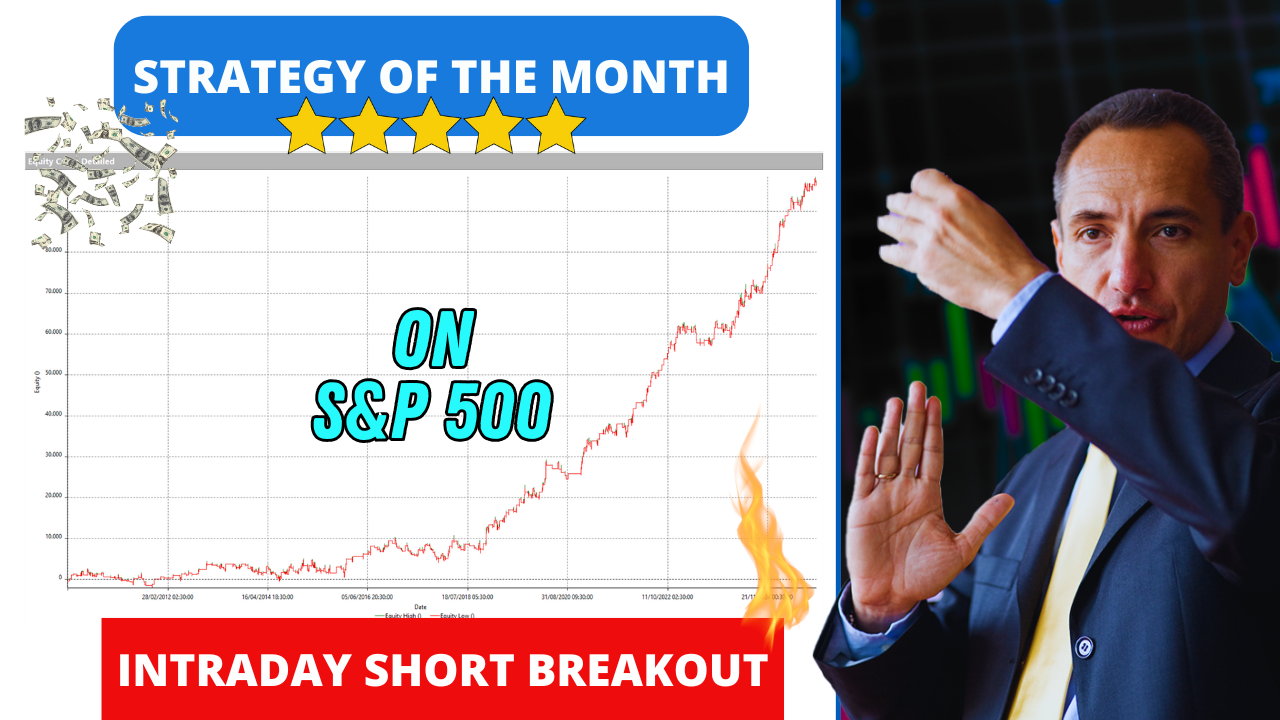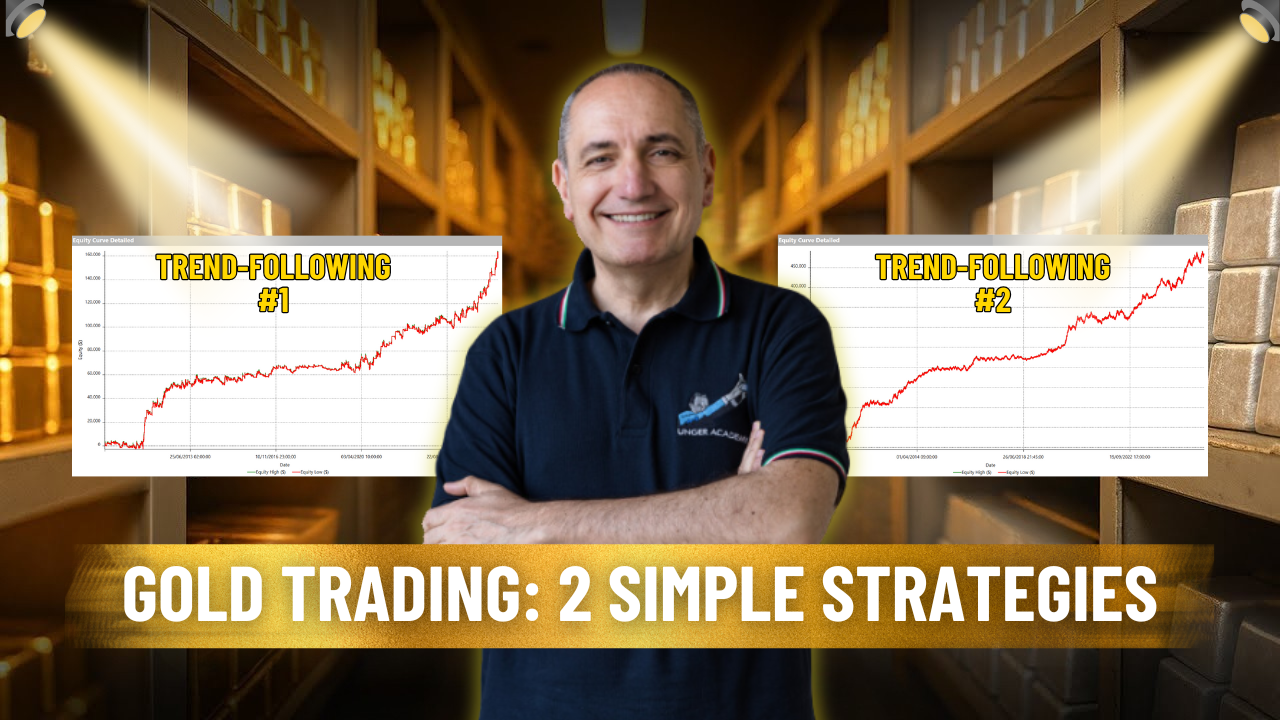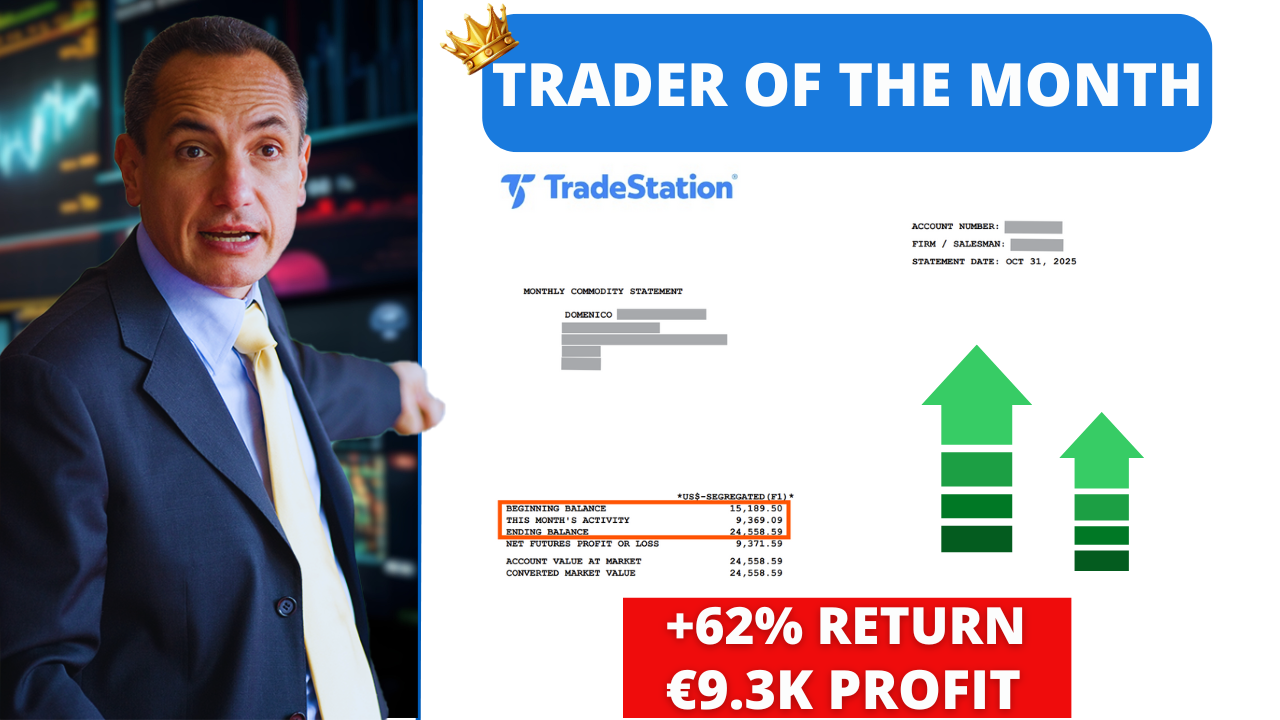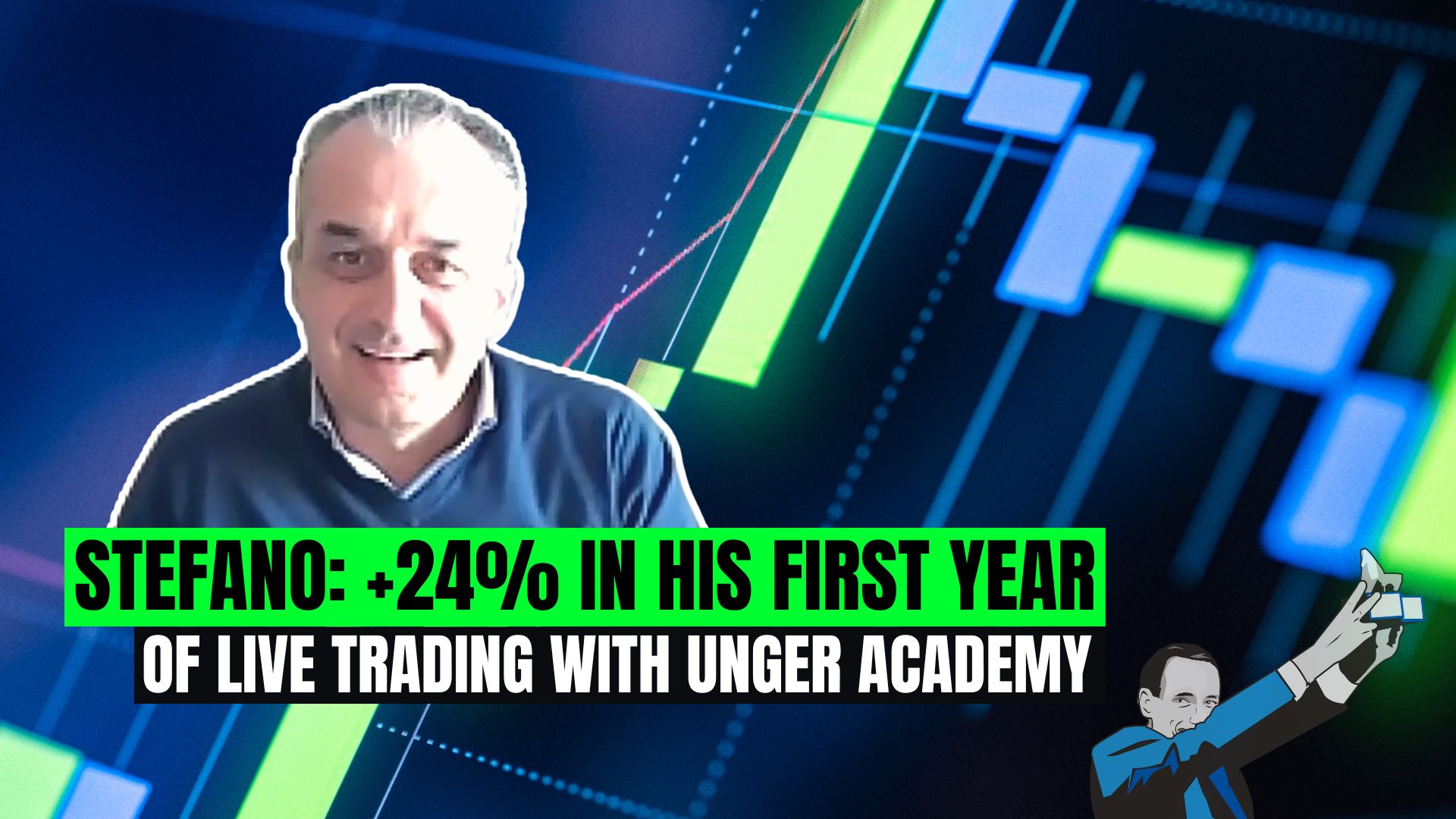Hi guys and welcome to this new video.
Today we are gonna talk about one of the most important indicators in trading: the ADX. But before we start, I invite you to subscribe to our channel, in order to remain up to date with new videos.
I am Davide Tagliabue, one of the coaches at Unger Academy.
I often see a lot of confusion about indicators. Well, in this video, I want to clarify once and for all the construction of the ADX and explain where this number comes from.
So, why learning the theory behind indicators? You know, the final purpose, of course, is to be profitable in the markets in practice and not in theory only, but I can guarantee you that the theoretical aspects hidden in this indicator are particularly useful to understand how to use it in practice and, so, to find profitable strategies on the markets. So, let’s get started!
ADX Theory
The ADX was created by Wilder Welles at the end of the ’70s. The purpose of Welles was to quantify the trend of a market, and he ended up with numbers that tell us if we are in a trend or not by using a scale that ranges from 0 to 100. 0 means that the market is lateral. Meanwhile, 100 means that we are dealing with a market in a very strong trend. The ADX doesn’t say anything about the direction of the market, so it tells us just if we are in a trend or not. We will see anyway, later in this video, how to get also this information.
Directional Movement
But let’s move on starting with the first parameter needed to build the ADX. This parameter is called “Directional movement” and it is the largest part of the bar’s range that is outside the previous bar. Moreover, if the largest part is above, the directional movement will be a Plus. Meanwhile, if the largest part is below, the directional movement will be a Minus.
Let’s take an example. We have here a common candlestick bars chart. Pay attention at this bar for example: this bar has its own range that is above the previous bar range by the amount equal to the high of the current bar minus the high of the previous bar. Well, this gap is called “Plus Directional Movement”.
Let’s take another example here, in which we have a portion of the bar’s range that is below the range of the previous bar. Well, in this case, the low of the current bar minus the low of the previous bar is called “Minus Directional Movement”.
In the case of an inside bar, here for example, both the Plus and Minus Directional Movement will be equal to 0, of course. But what happens if we are dealing with an outside bar, like this one, for example? Well, Welles tells us that we need to take the largest portion of the range bar that is outside. So, in this case, we can see that the Plus Directional Movement is greater in magnitude than the Minus Directional Movement. So, we need for this bar to neglect the contribution of the Minus Directional Movement and we will end up with just one number, here in this case, the Plus Directional Movement.
If you want to assign a number to this parameter along these few bars, we can say that we could have 0.5, for example here in this non-dimensional chart, as a difference between the high of this bar and the high of the previous bar. We can now have a 0 because there are no directional movements, plus directional movements between these two bars, 3.9, then another 0 against 0 and then 1.4 and at the end 2.1. For this numerical example, we are considering just 7 bars but we could consider 10, 14, 20, the number we want.
Let’s move on with the Minus Directional Movement. The first Minus Directional Movement would be 0, because the low of this bar is greater than the low of the previous bar. Then again, another two 0, another 2.8, 0, 0 again and at the end, 1.3.
Here we have a recap of the numbers we’ve found, we’ve just found. But as I told you here, in the outside bar, we shouldn’t consider both, the plus and minus directional movement, so in this case we must neglect the contribution of this 1.3 and substitute this number with 0 because for each bar we cannot add both Plus and Minus Directional Movement.
In order to contextualize the directional movement, and to be able to compare it between different underlying assets, Welles relates it to the true range of the current bar. In this way, it is possible not only to contextualize the numerical value of the directional movement to make it usable on all the underlyings, but also to tell us what is the percentage of the true range of the current bar that is actually outside the range of the previous bar.
Directional Indicator
So, let’s calculate the true range for the bar we have just considered and then let’s take another step forward in order to reach our ADX. The steps consist in summing up the contribution of the Plus and Minus Directional Movements and their range in order to get these numbers and then finding out the new number that we need, that is the Directional Indicator.
As I already told you, we just need to divide the contribution of the Plus Directional Movement and then we can do the same with the Minus Directional Movement. So, we end up with these two numbers, the Plus Directional Indicator, that is equal to 0.16, and the Minus Directional Indicator, that is equal to 0.06. The number 7 down here just tells us that we are considering only 7 bars.
But which is the meaning of the Plus and Minus Directional Indicator?
Directional Movement Index
Well, if we consider the 7 bars, we can say that the 16% of the ranges of the bar considered are outside and above the range of the previous bar. Meanwhile, only the 6% of the ranges considered have been outside and below the ranges of the previous bar.
And now that we have these two numbers, we can finally find the Directional Movement Index. The Directional Movement Index is calculated as the absolute difference between the Plus and Minus Directional Indicator divided by their sum and multiplied by 100, just to set the scales from 0 to 100 instead of 0 to 1.
In this case, we can see that the difference, the absolute difference between these two numbers divided by the sum is equal to 45. But what if we had the contribution of only the Plus Directional Indicator, for example? Well, in this case, we would end up with just 0.16 divided by 0.16, multiplied by 100, and then the Directional Movement Index would have been equal to 100. This because we only have the contribution of Plus Directional Indicators. So, the trend would be very strong because we do not have any range of the bars considered below the range of the previous bar.
ADX
So, coming to the final step, we have already calculated the Directional Movement Index for this 7 bars, we now must do the same for the following bars. So, for the next bar we must calculate the new Directional Movement Index considering the previous 7 bars, then again the third Directional Movement Index, and we do so for 7 more bars. So we end up with an average of this Directional Movement Index, and this average of 7 Directional Movement Indexes is called “Average Directional Index”. So we have finally found the value of ADX.
I hope this video helped you know more about this indicator. I invite you to stay with us and subscribe to our channel so you will be updated on the next video, because we will see a practical application proposed by Welles himself. We will examine it in depth with our tools of systematic traders and understand if it is possible to make profit with this indicator or not.
Finally, if you want to learn more about how to find your edges in the market and turn them into automated strategies, you will find the link in the description. It’s our webinar, totally free, in which Andrea Unger will guide you through the steps to build your own trading systems and become a profitable trader. He will teach you how to diversify your portfolio of automated strategies and have an edge over the traders and professionals in this sector.
Thank you for watching.
See you next time with a new video!







